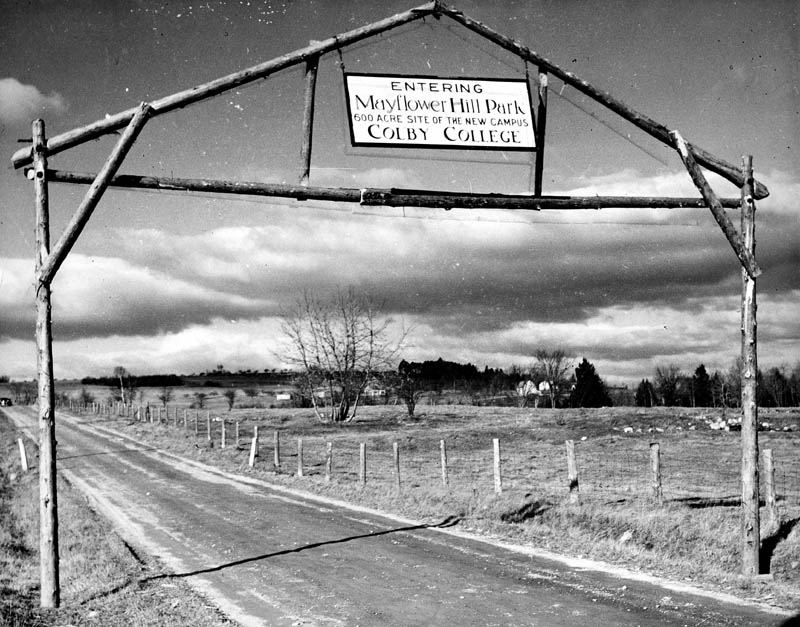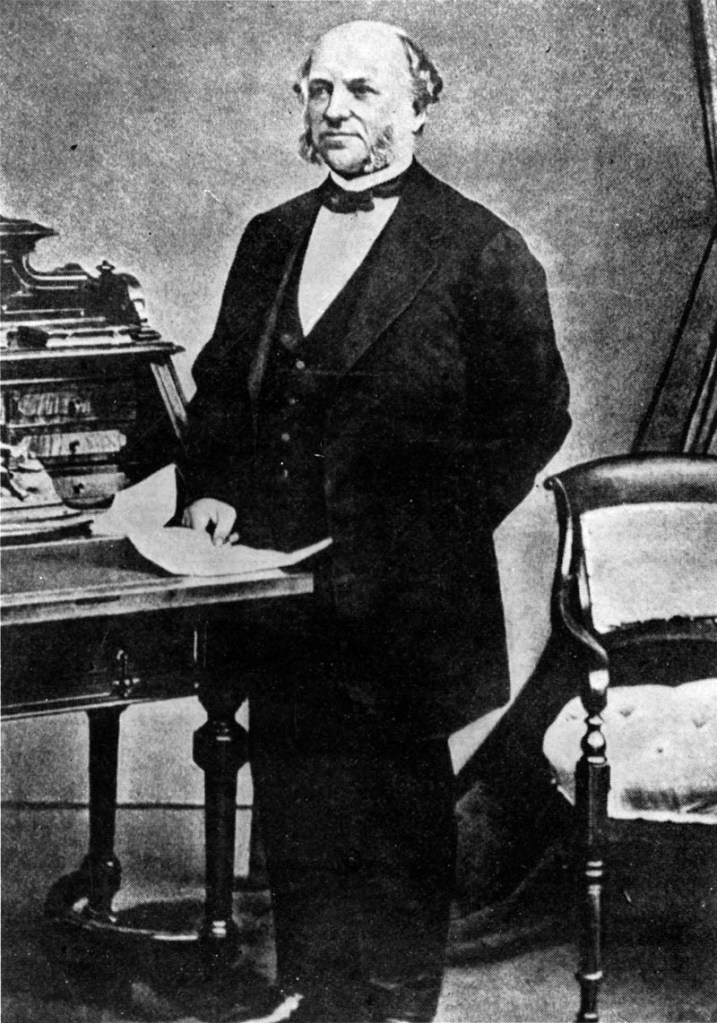WATERVILLE — Nearly two hundred years ago, Baptists created the Maine Literary and Theological Institution north of downtown in an area now known as Colby Circle.
The history of the school, now Colby College, will be retold in various forms and venues over the next year as the college celebrates its bicentennial.
Special lectures throughout the year, as well as panel discussions, music events and festivities both on campus and downtown, will mark the bicentennial, themed In Their Footsteps.
“Not many institutions have the opportunity to reflect on 200 years of history,” Michael Kiser, Colby’s vice president of communications, said Thursday. “Fewer still can see in that history such clear evidence of the characteristics that are sure to help them succeed well into the next century. So, in some very remarkable ways, this is more than just a celebration of our past, it’s a window into our future.”
The bicentennial celebration, which begins in October, will include a tailgate party at the football game between Colby and Hamilton College, a showing of the new documentary film, “In Their Footsteps,” presentation of a bicentennial bench to the city and a reception at Hathaway Creative Center, according to information posted in the summer edition of Colby magazine.
On Feb. 27, Colby President William Adams will speak at a special event commemorating the college’s charter. The event will include a special theater presentation created by professors Lynne Conner and Jonathan Hallstrom, “Light of the Mind.”
The details of the college’s history and rise to national prominence are told by Belgrade resident and former college dean Earl H. Smith’s in his 2006 book, “Mayflower Hill: A History of Colby College.”
Eight years after the school was founded in 1813, it was renamed Waterville College and in 1867, it got yet another name — Colby University.
The new name was in recognition of Gardner Colby, who made a $50,000 donation that saved the financially strapped institution at a critical time.
As time went on, it was renamed Colby College. Ultimately, it outgrew its space in the thriving, crowded downtown and in 1952 moved to Mayflower Hill, where it remains today.
Now, College Avenue offers only glimpses of what was once a booming educational institution and the first among all the former men’s college’s in New England to enroll women, Smith writes in his book. Bates College in Lewiston had been coeducational from the time of its abolitionist founding in 1855, he notes.
Mary Low, the first female Colby student, entered the college in 1871.
Foss Hall, the first Colby women’s dormitory built in 1904, still stands and is one of the reminders of Colby’s first home north of downtown.
The three-story brick building at 32 College Ave., now known as College Place, is across the street from the U.S. Post Office and currently houses medical offices.
The large vacant brick building on Main Place, behind Foss Hall, was built in 1928 as Colby’s alumni gymnasium and later housed the Waterville Boys’ Club. The building was completed after Colby officials decided to move to Mayflower Hill.
Bicentennial events and profiles are listed at www.colby.edu/colbyhistory.
Students started arriving on campus last week in preparation for the first day of classes tomorrow
Send questions/comments to the editors.






Success. Please wait for the page to reload. If the page does not reload within 5 seconds, please refresh the page.
Enter your email and password to access comments.
Hi, to comment on stories you must . This profile is in addition to your subscription and website login.
Already have a commenting profile? .
Invalid username/password.
Please check your email to confirm and complete your registration.
Only subscribers are eligible to post comments. Please subscribe or login first for digital access. Here’s why.
Use the form below to reset your password. When you've submitted your account email, we will send an email with a reset code.